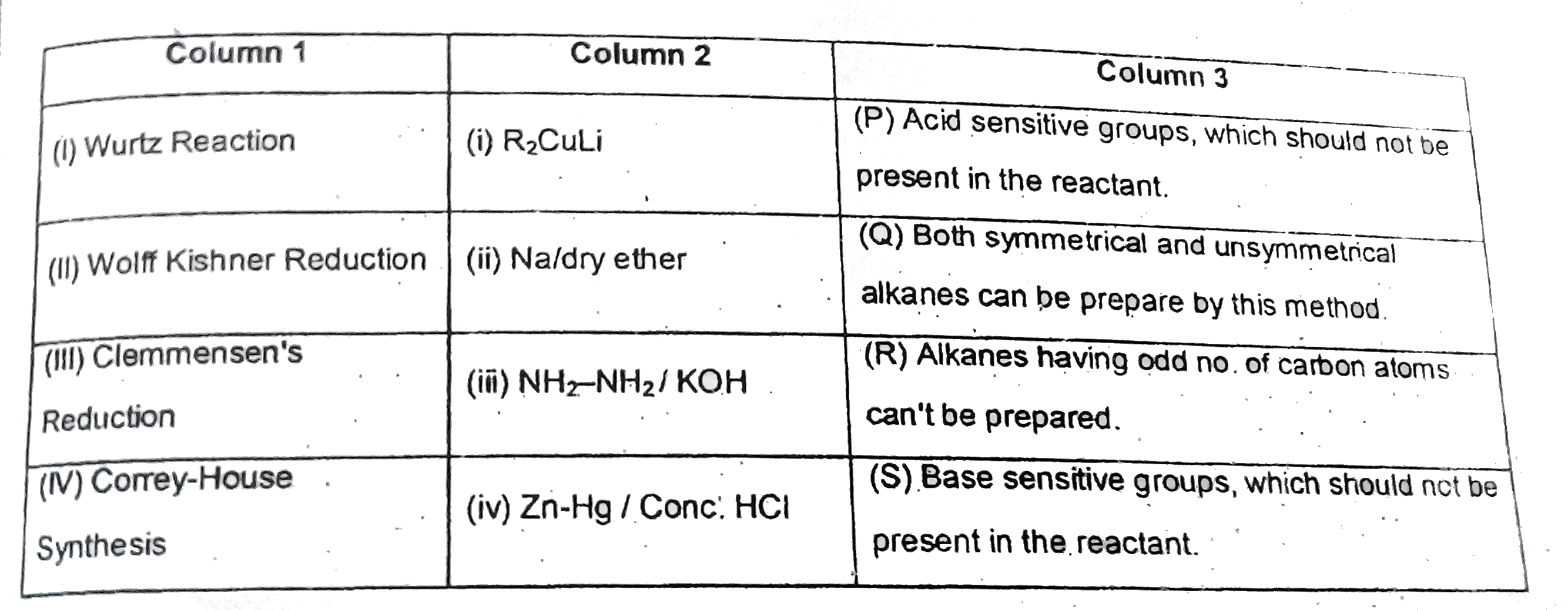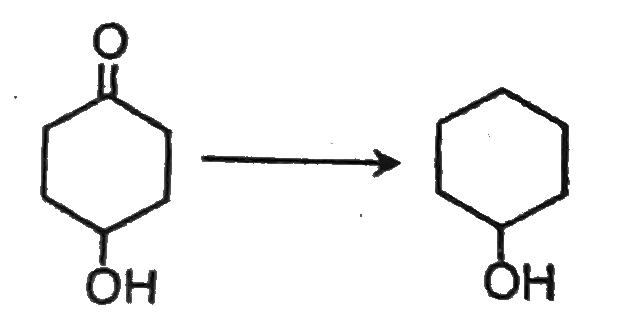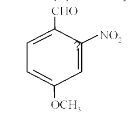What is correct?
Monosomy and nullisomy are two types of euploidy
Polyploidy is more common in animlas than in plants
Polyploids occur due to failure in separation of complete sets of chromosomes
2n-1 is trisomy
The correct Answer is:C
To solve the question "What is correct?" regarding the statements about chromosomal abnormalities, we will analyze each option step by step.
1. Analyze the first statement:
- Statement: "Monosomy and nullisomy are two types of euploidy."
- Explanation: Monosomy (2n-1) and nullisomy (2n-2) refer to conditions where there is a loss of one or two chromosomes, respectively. These conditions are classified as aneuploidy, not euploidy. Euploidy refers to changes in complete sets of chromosomes.
- Conclusion: This statement is incorrect.
2. Analyze the second statement:
- Statement: "Polyploidy is more common in animals than in plants."
- Explanation: Polyploidy involves the presence of more than two complete sets of chromosomes. It is much more common in plants than in animals due to the nature of plant reproduction and their ability to tolerate such changes.
- Conclusion: This statement is incorrect.
3. Analyze the third statement:
- Statement: "Polyploidy occurs due to failure in separation of complete sets of chromosomes."
- Explanation: Polyploidy can occur when there is a failure in the separation of chromosomes during cell division (mitosis or meiosis), leading to daughter cells with multiple sets of chromosomes.
- Conclusion: This statement is correct.
4. Analyze the fourth statement:
- Statement: "2n-1 is trisomy."
- Explanation: Trisomy refers to the condition where there is an extra chromosome, represented as 2n+1. Monosomy is represented as 2n-1, indicating the loss of one chromosome.
- Conclusion: This statement is incorrect.
Final Conclusion:
The only correct statement among the options provided is the third one: "Polyploidy occurs due to failure in separation of complete sets of chromosomes."
---
- Statement: "Monosomy and nullisomy are two types of euploidy."
- Explanation: Monosomy (2n-1) and nullisomy (2n-2) refer to conditions where there is a loss of one or two chromosomes, respectively. These conditions are classified as aneuploidy, not euploidy. Euploidy refers to changes in complete sets of chromosomes.
- Conclusion: This statement is incorrect.
- Statement: "Polyploidy is more common in animals than in plants."
- Explanation: Polyploidy involves the presence of more than two complete sets of chromosomes. It is much more common in plants than in animals due to the nature of plant reproduction and their ability to tolerate such changes.
- Conclusion: This statement is incorrect.
- Statement: "Polyploidy occurs due to failure in separation of complete sets of chromosomes."
- Explanation: Polyploidy can occur when there is a failure in the separation of chromosomes during cell division (mitosis or meiosis), leading to daughter cells with multiple sets of chromosomes.
- Conclusion: This statement is correct.
- Statement: "2n-1 is trisomy."
- Explanation: Trisomy refers to the condition where there is an extra chromosome, represented as 2n+1. Monosomy is represented as 2n-1, indicating the loss of one chromosome.
- Conclusion: This statement is incorrect.
The only correct statement among the options provided is the third one: "Polyploidy occurs due to failure in separation of complete sets of chromosomes."
Topper's Solved these Questions
- CHROMOSOMAL BASIS OF INHERITANCEBOOK - DINESH PUBLICATION ENGLISHCHAPTER - CHROMOSOMAL BASIS OF INHERITANCEEXERCISE - Check Your Grasp
57 Videos
- CHORDATA- PROTOCHORDATABOOK - DINESH PUBLICATION ENGLISHCHAPTER - CHORDATA- PROTOCHORDATAEXERCISE - CYG
11 Videos
- COELENTERATA AND CTENOPHORA (OR CNIDARIA AND ACNIDARIA)BOOK - DINESH PUBLICATION ENGLISHCHAPTER - COELENTERATA AND CTENOPHORA (OR CNIDARIA AND ACNIDARIA)EXERCISE - CYG
10 Videos
Similar Questions
Knowledge Check
What are correct steps to convert acetaldehyde to acetone?
ACH3MgBr,H2O,OxidationBOxidation, Ca(OH)2, HeatCReduction, KCN, HydrolysisDOxidation C2H5ONa, heat
What is the correct order of pKa?
View SolutionWhat is the correct order of electronegativity?
View SolutionWhat is not correct about mitosis ?
View SolutionWhat is the correct order of electronegativity?
View SolutionWhat is the correct order of density ?
View SolutionWhat is the correct match?
View SolutionWhat is the correct structure of Nylon-6 ?
View Solution



 ?
?